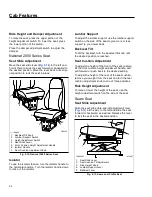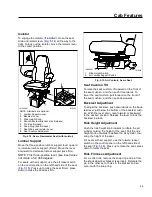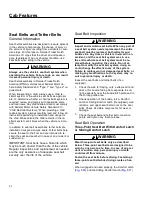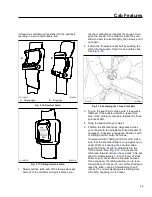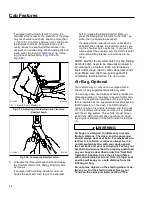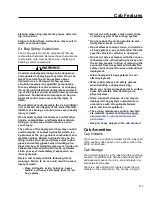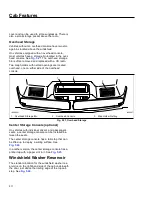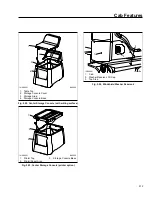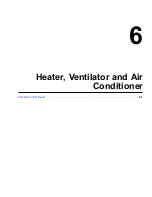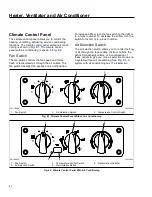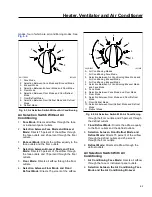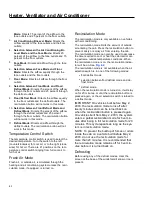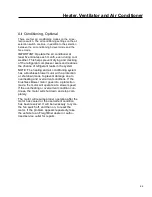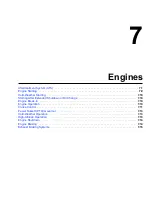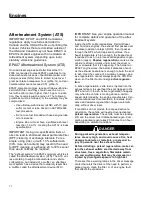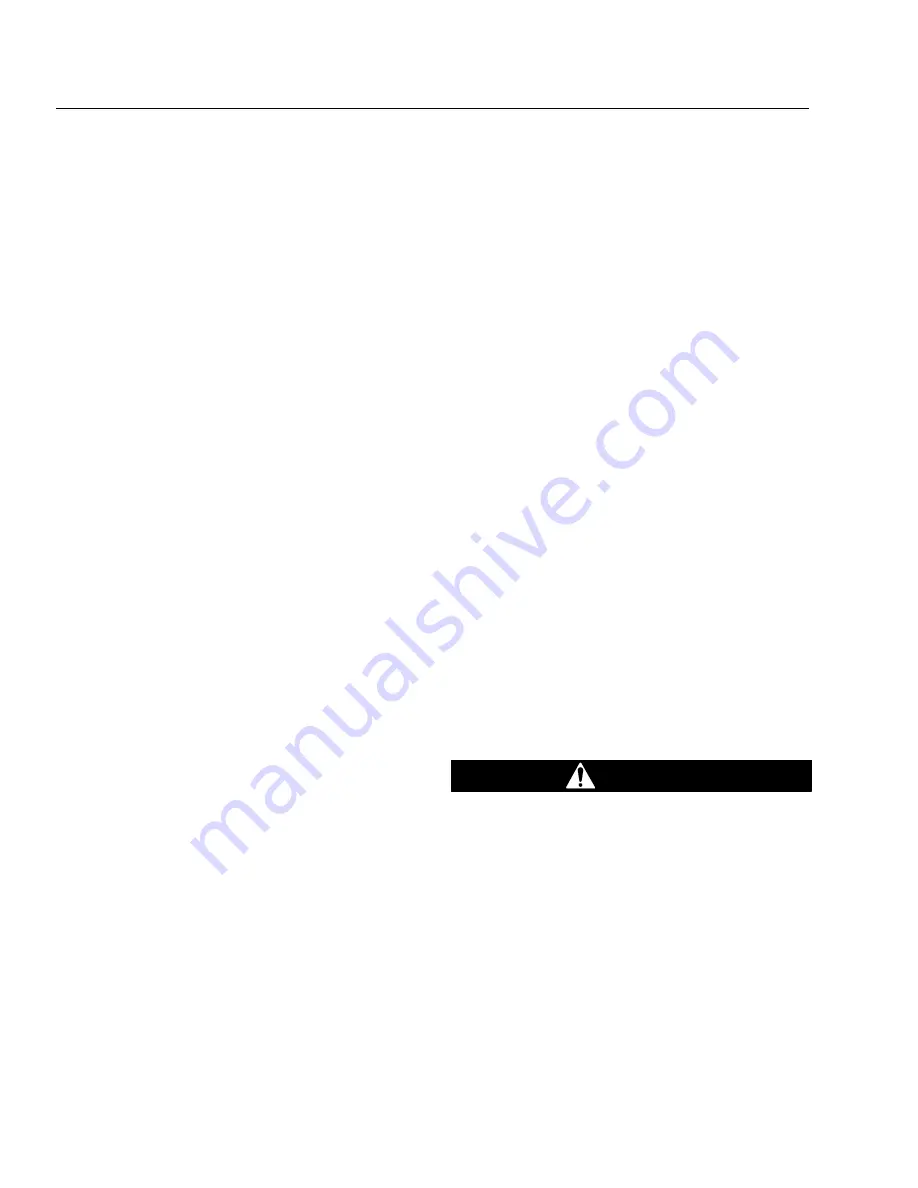
Aftertreatment System (ATS)
IMPORTANT: EPA07 and EPA10 emissions
regulations apply to vehicles domiciled in
Canada and the USA at the time of printing this
manual. Vehicles that are domiciled outside of
the USA and Canada may not have EPA07- or
EPA10-compliant engines with an emission af-
tertreatment system, depending upon local
statutory emissions guidelines.
EPA07 Aftertreatment System (ATS)
On-road diesel engines built after December 31,
2006 are required to meet EPA07 guidelines for re-
duced exhaust emissions of particulate matter and
nitrogen oxides (NOx). NOx is limited to just over 1
gram per brake horsepower hour (g/bhp-hr), and par-
ticulate matter cannot exceed 0.01 g/bhp-hr.
EPA07-compliant engines require ultralow-sulfur die-
sel (ULSD) fuel, and they should never be run on
fuel with sulfur content higher than 15 ppm. In addi-
tion, they require low-ash engine oil. The following
guidelines must be followed, or the warranty may be
compromised.
•
Use ultralow-sulfur diesel (ULSD) with 15 ppm
sulfur content or less, based on ASTM D2622
test procedure.
•
Do not use fuel blended with used engine lube
oil or kerosene.
•
Engine lube oil must have a sulfated ash level
less than 1.0 wt %, meeting the API CJ-4 index
specifications.
IMPORTANT: Using non-specification fuels or
oils can lead to shortened diesel particulate filter
(DPF) cleaning or exchange intervals. For ex-
ample, using CI-4+ oil with 1.3% sulfated ash
(30% more ash content) may result in the need
for DPF cleaning or exchange 20 to 30% sooner
than would normally be required.
The "exhaust system" in EPA07-compliant vehicles is
called the aftertreatment system (ATS). The ATS var-
ies according to engine manufacturer and vehicle
configuration, but instead of a muffler, an aftertreat-
ment system has a device that outwardly resembles
a muffler, called the aftertreatment device (ATD).
IMPORTANT: See your engine operation manual
for complete details and operation of the after-
treatment system.
Inside the ATD on Mercedes-Benz, Detroit Diesel,
and Cummins engines, the exhaust first passes over
the diesel oxidation catalyst (DOC), then it passes
through the DPF, which traps soot particles. If ex-
haust temperature is high enough, the trapped soot
is reduced to ash, in a process called passive regen-
eration (regen).
Passive regeneration
occurs as the
vehicle is driven normally under load; the driver is
not even aware that it is happening. The harder an
EPA07 engine works, the better it disposes of soot,
as the exhaust heat alone is enough to burn the soot
to ash. Over the course of a workday, however, pas-
sive regeneration cannot always keep the ATD filter
clean, so the filter must undergo
active regenera-
tion
.
In active regeneration, extra fuel is injected into the
exhaust stream to superheat the soot trapped in the
DPF and turn it to ash. Active regeneration happens
only when the vehicle is moving above a certain
speed, determined by the engine manufacturer. Con-
sult manufacturers’ documentation for details. Both
active and passive regeneration happen automati-
cally, without driver input.
If conditions do not provide for at-speed active re-
generation, the vehicle will need a driver-activated
parked regeneration
. The vehicle must be standing
still, and the driver must initiate parked regen. Com-
pleting a parked regen takes 20 minutes to an hour,
depending on ambient conditions.
DANGER
During parked regeneration, exhaust tempera-
tures are very high, and could cause a fire, heat
damage to objects or materials, or personal in-
jury to persons near the exhaust outlet.
Before initiating a parked regeneration, make cer-
tain the exhaust outlets are directed away from
structures, trees, vegetation, flammable materi-
als, and anything else that may be damaged or
injured by prolonged exposure to high heat.
There are three warning lamps in the driver message
center that alert the driver of the need to perform a
parked regen, clean the filter, or of an engine fault
that affects the emissions.
Engines
7.1

